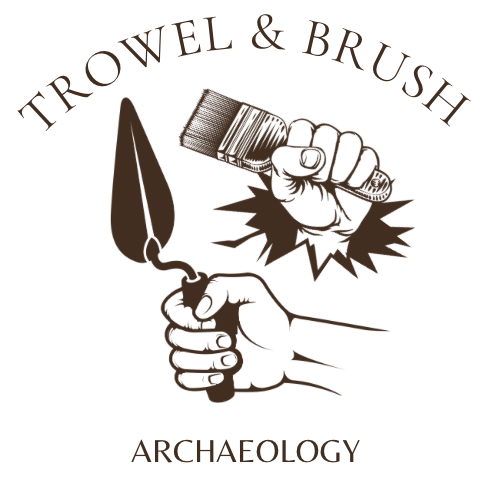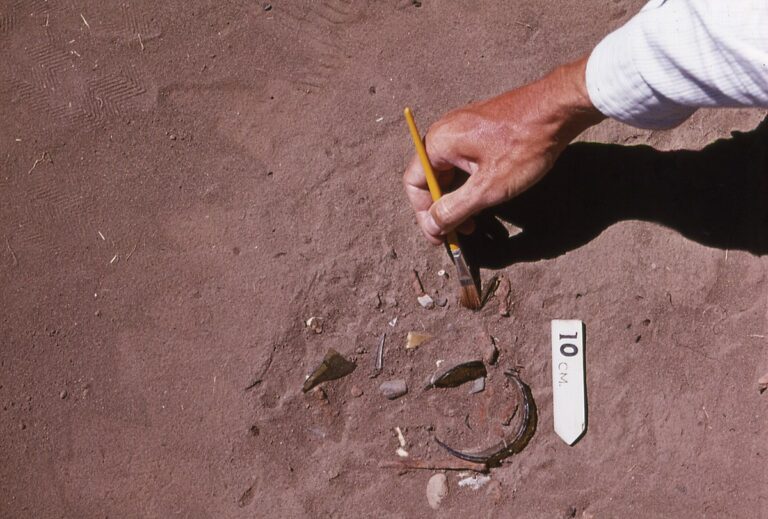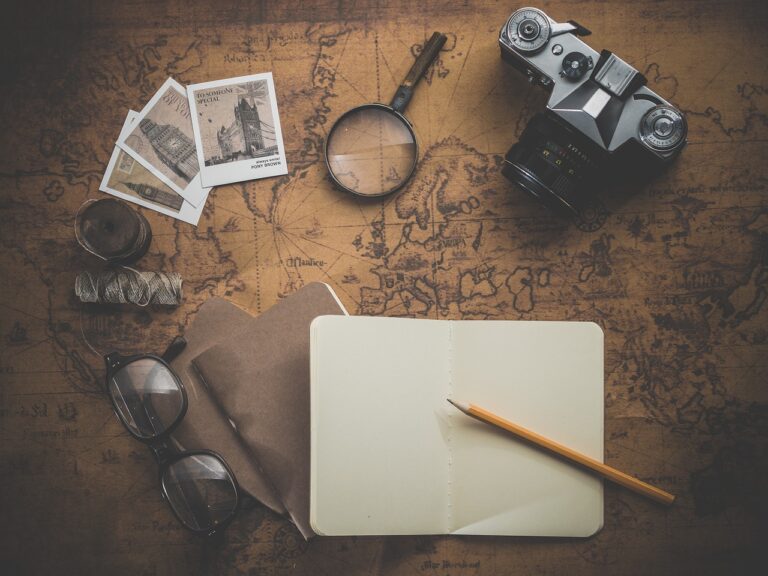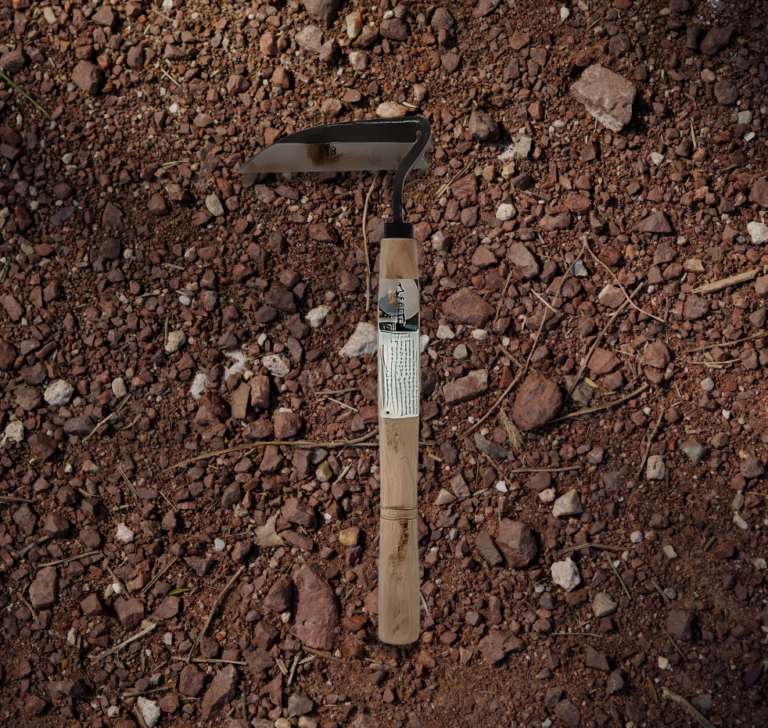What Tools Do Archaeologists Use?
Unearthing the past is no small task.
As we venture into the world of archaeological study, it’s critical to note that our exploration is just as much about understanding the tools and methods employed as it is about the artifacts discovered.
In the hands of an archaeologist, a humble trowel or a cutting-edge 3D scanner become essential components in the quest to piece together human history.
In this article, we delve into the expansive toolkit of modern archaeologists, and how these instruments are breathing life into relics of bygone eras.
Sorry guys, there’s no mention of whips in this article 🙁
The Classic Tools
In popular culture, we often see archaeologists wielding pickaxes and shovels, but the reality is much more intricate. The most prevalent tool in an archaeologist’s kit is arguably the trowel. Resembling a small handheld spade, the trowel allows archaeologists to delicately chip away at the earth, excavating items of interest with precision.
Brushes, ranging in size from toothbrushes to paintbrushes, are used to remove dirt and dust from artifacts, ensuring their preservation during extraction. Sieves also play a critical role, sifting through loose soil and debris to identify tiny objects that may be missed by the naked eye.

Graduated scales, often featured in archaeological photos alongside unearthed items, help establish the size and orientation of artifacts within the archaeological record. These scales allow for precise documentation and later analysis.
Archaeologists must meticulously record their findings during excavations. That’s where the field notebook comes in. It serves as a personal diary, capturing every detail, observation, and measurement. Accompanying the notebook are pencils, which are preferred over pens since they don’t bleed or smudge when faced with the elements and dirt of the excavation site.
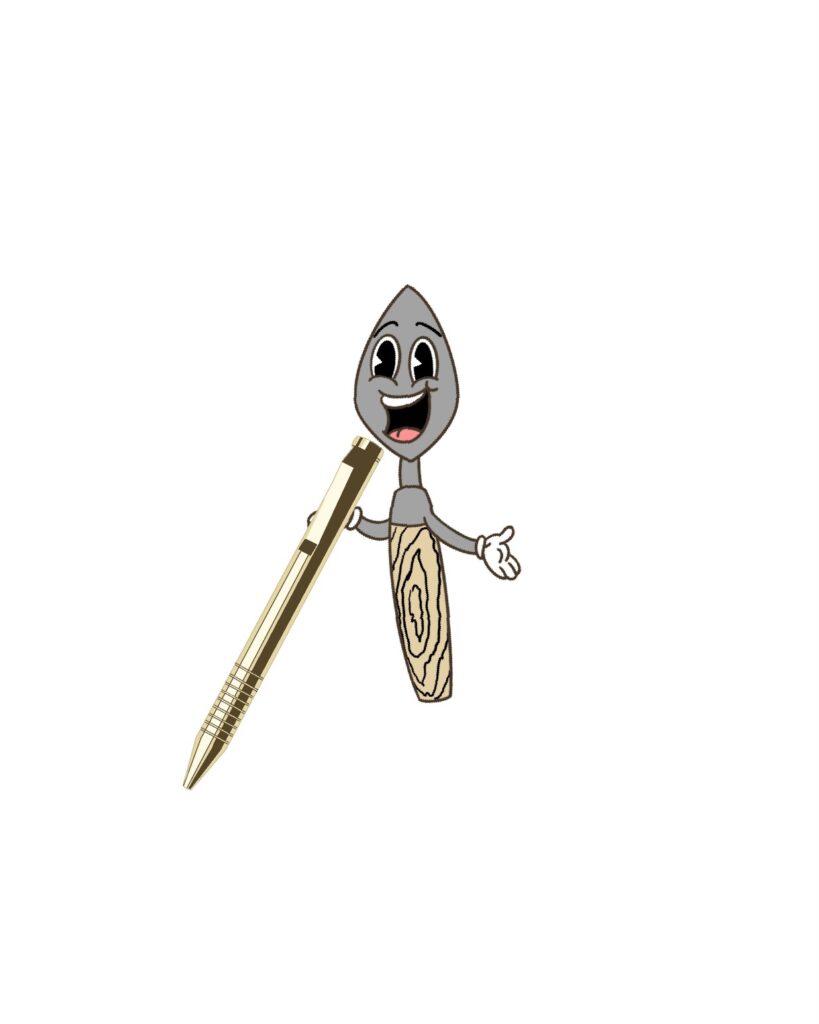
But… every archaeologist should have a Sharpie with them for labeling artifact collection bags and things that should not be erased.
The Technological Game-Changers
The last few decades have seen a technological revolution seeping into the realm of archaeology. Ground Penetrating Radar (GPR) is one such development. This geophysical method uses radar pulses to create an image of the subsurface, allowing archaeologists to detect and map features buried below the ground without any invasive digging.
Likewise, LIDAR (Light Detection and Ranging) technology has become an essential tool, especially in regions covered by dense vegetation. LIDAR uses light in the form of pulsed laser to measure ranges, generating detailed 3D maps of hidden landscapes and sometimes revealing lost cities or civilizations.
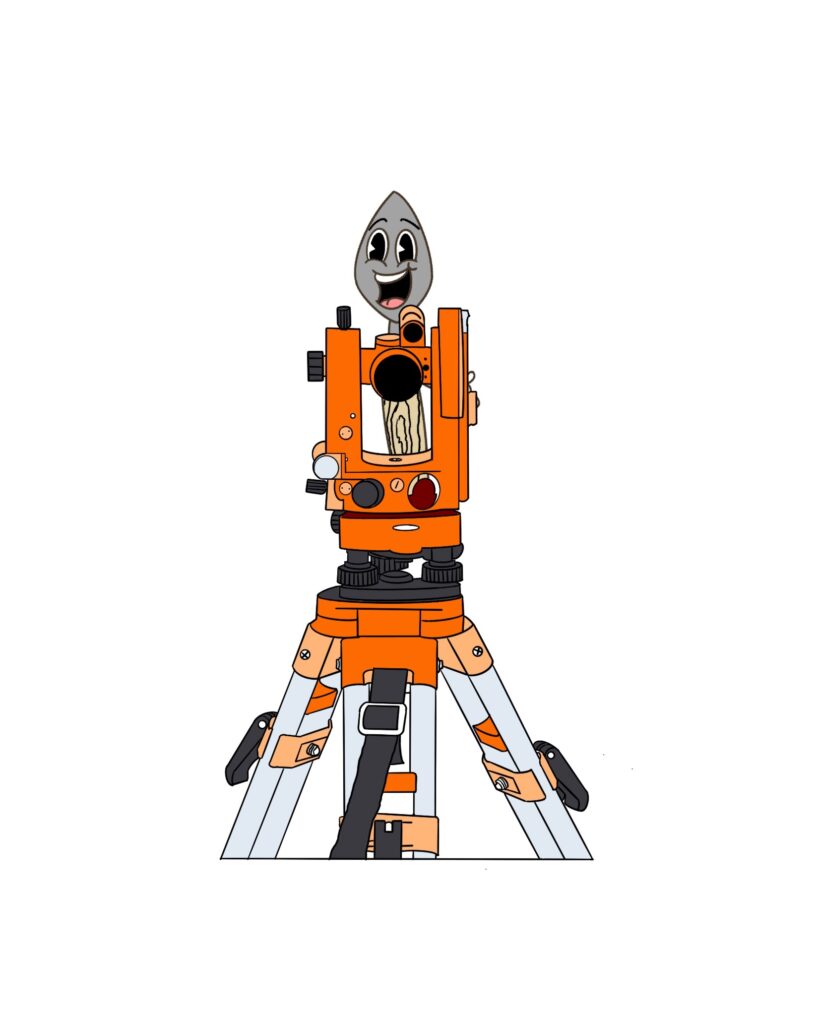
Drones, too, have found their place in the archaeological toolkit. These devices provide aerial views of excavation sites, facilitate photogrammetry, and can even carry LIDAR sensors. The footage captured by drones can help in creating detailed, bird’s-eye view maps of archaeological sites.
The Digital Revolution
Digital technology plays an increasingly pivotal role in archaeology, transforming how data is recorded, stored, and analyzed. Portable X-ray fluorescence (pXRF) devices, for instance, allow archaeologists to determine the elemental composition of artifacts directly in the field, providing clues about their origin, use, or age.
In the realm of artifact preservation and documentation, 3D scanning and printing technologies are game-changers. 3D scanners can generate exact digital replicas of artifacts, landscapes, and even entire excavation sites, preserving minute details for further study. These digital copies can be shared globally, allowing researchers worldwide to examine discoveries without damaging the original items.

Virtual Reality (VR) and Augmented Reality (AR) technologies also offer immersive ways to present archaeological findings. With these tools, archaeological sites can be virtually reconstructed, providing interactive experiences that bring the past to life in unprecedented ways.
The tools and technologies used in archaeology have evolved dramatically over the years, moving from the simple trowel and brush to incorporating cutting-edge technologies that can scan and recreate our ancient past in vivid detail.
These advancements have not only streamlined archaeological practices but have also expanded the scope of what can be discovered and understood about our ancestors.
The combination of classic field tools with modern technology ensures that the discipline of archaeology continues to unearth humanity’s story in ever more detailed and enlightening ways.
Check This Out
“Fun Fact: Did you know that Sir Flinders Petrie, often referred to as the “Father of Modern Archaeology,” was one of the first to bring a methodological approach to archaeological excavation? This included implementing tools like brushes and trowels for more meticulous digging, a technique that is still in use today. Interestingly, Petrie’s head was preserved after his death and is now stored in a jar at the Royal College of Surgeons in London. It’s quite an unusual twist for a man who spent his life studying remains!”
Should this piece have piqued your interest, don’t hesitate to explore our additional content on what essentials to pack for your own archaeological expedition by clicking the button below.
